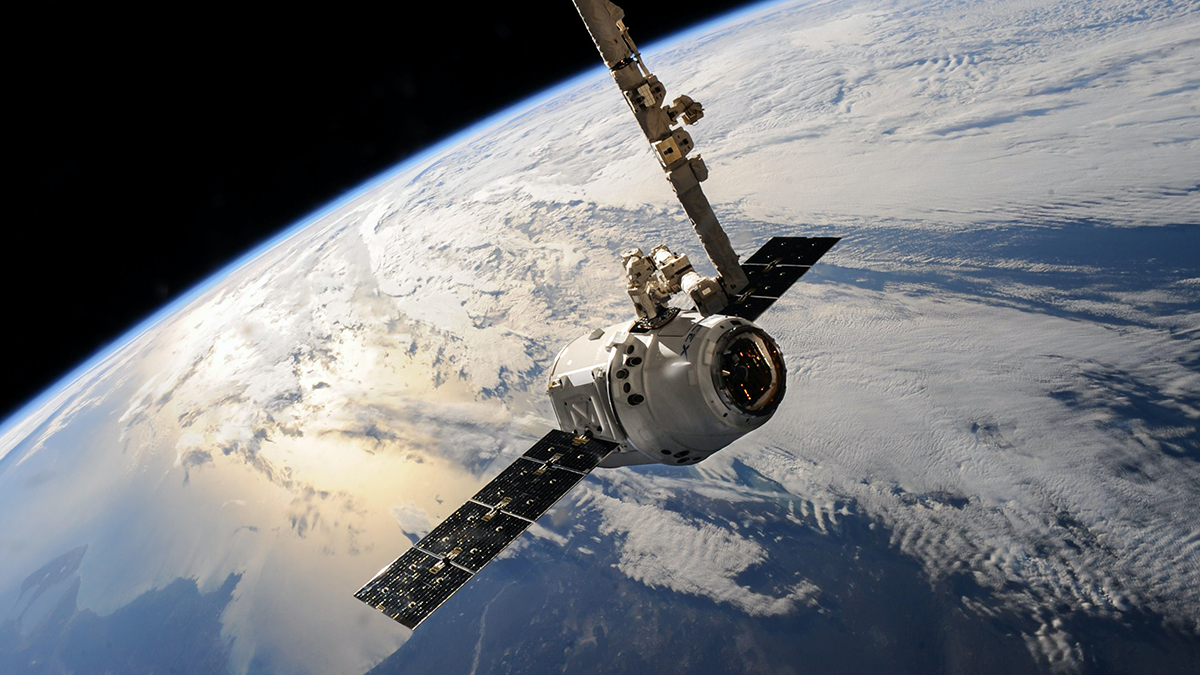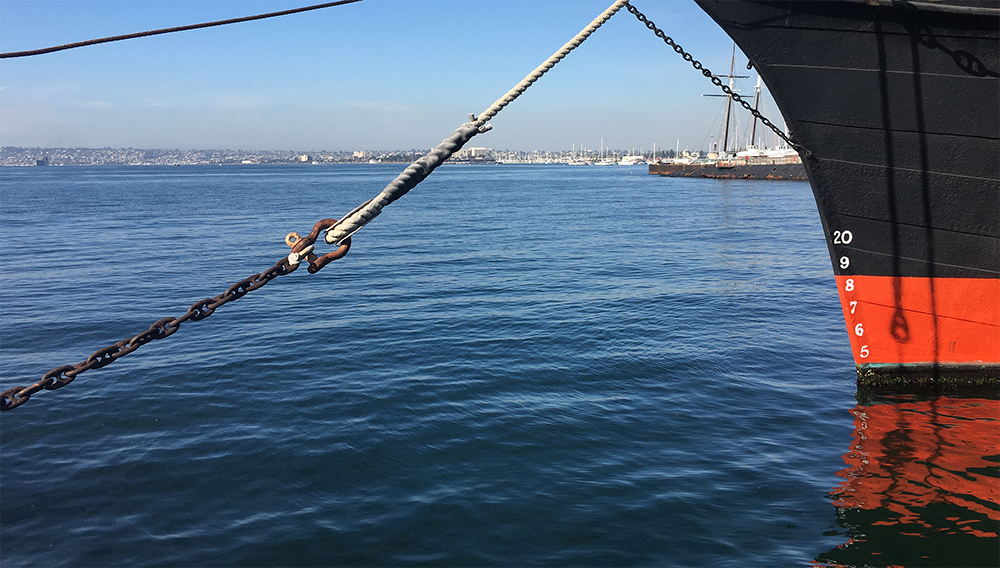Imagine sitting in a minibus while the radio plays the latest Bollywood songs. Through the open window you see palm trees rustling in the wind, and a beautifully decorated, sand- colored temple. This week’s climate story brings us to Rajasthan in India, where India’s largest zinc-lead mining company Hindustan Zinc Limited has its operations.
But let me back up… We all know that we have to reduce greenhouse gas emissions drastically. But how do we do that? This is where the Science Based Targets initiative comes into play. They are helping companies to assess and then lower their emissions.
Greenhouse gas emissions must drop to net-zero by 2050. We have limited time for action and the private sector has a crucial role to play – every sector in every market must transform
https://sciencebasedtargets.org/
This inspiring partnership between CDP, the United Nations Global Compact, the World Resources Institute, and the World Wide Fund for Nature tackles ambitious corporate climate action. This is how it works:

First, a company commits to the process and develops an emission reduction target. This can look something like this: “We commit to reduce our greenhouse gas emissions by 50% by 2030 from a 2019 base year.” The target then gets submitted, validated, and publicly announced. In the third step, company wide emissions are reported and yearly progress is tracked.
Now back to our story in India. Over 1300 companies from all over the world are taking climate action and Hindustan Zinc is one of the case studies from the science-based targets initiative. They developed an emission reduction target and specific solutions how to get there. Here are some of the steps Hindustan Zinc is taking:
- Reduce power consumption
- Improve energy efficiency
- Establish more efficient cooling methods
- Increase responsible waste management
- Become a water-positive company
- Shift towards green power generation such as a waste heat recovery boiler, wind power plants and solar power
Hindustan Zinc will cut their 2016 greenhouse gas emissions by 14% by 2026. They also commit to cut indirect emissions such as purchased goods, travel and distribution by 20% in the same timeframe. Like other smart companies, Hindustan Zinc realized that climate action helps the company:
“The reductions in greenhouse gas emissions will help to reduce the company’s overall energy consumption, safeguard its future, and improve its brand value”
https://sciencebasedtargets.org/companies-taking-action/case-studies/hindustan-zinc-limited
What I love most about this case study is the realization that climate solutions and running a successful business go hand in hand. Let’s hope they inspire more companies to commit to drastic emission reductions.









